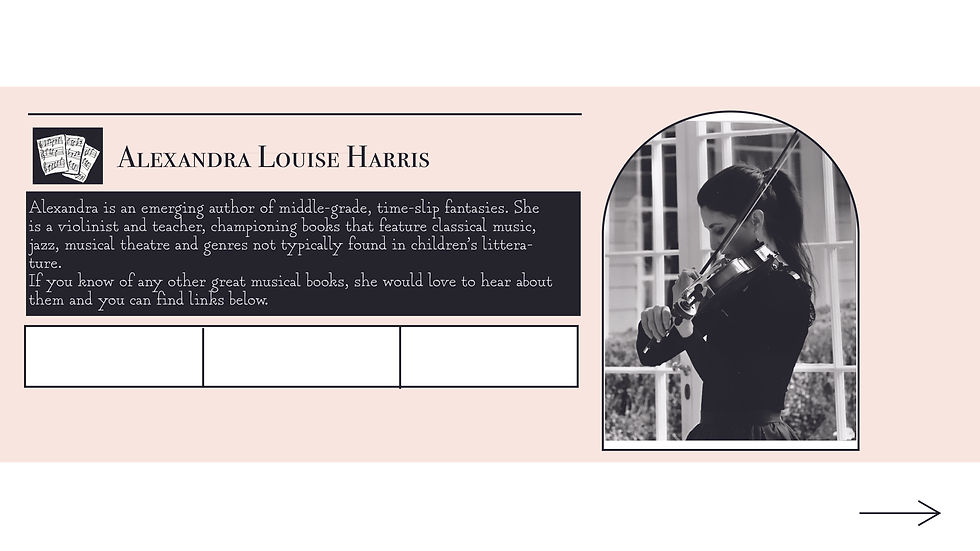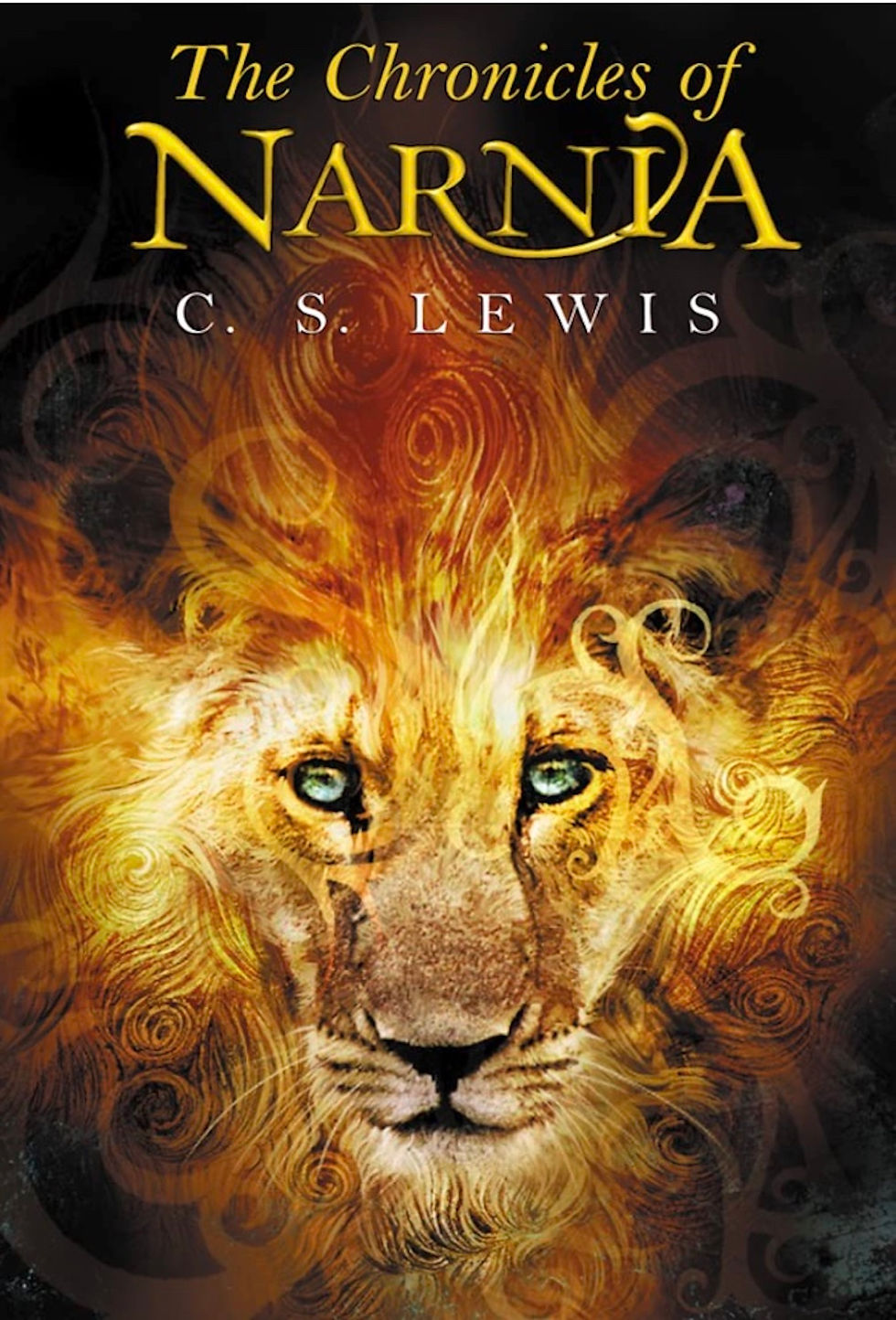Fairyland
- Alexandra Louise Harris

- Mar 27, 2023
- 4 min read
Updated: Mar 3, 2024
The Girl who Circumnavigated Fairyland in a Ship of her own Making

The first thing I loved about this book is the title. How fantastic, don’t you agree? It’s long and somewhat wordy, but at the same time you know exactly what kind of book you are about to read. Similarly, the prose is not over simplified. There are sentences and words that may be slightly complex for the average middle-grade reader. Likewise, there are lengthy passages of description, not something you find so much nowadays, and therefore it was somewhat refreshing. Nostalgic even. It also begins with 'once upon a time' and uses an old-fashioned style of narration harking back to my childhood memories.
Old fashioned? I hear you say. That doesn’t sound very complimentary. Well, there was a time I thought so too. Now, I’m beginning to wonder. Trends come and go, but I can’t help feeling there’s a reason certain styles endure. After all, if you are going to tell a tale about a trip to fairyland, it really ought to sound like a fairytale. Don’t you think?
So, what is this book all about? Well, mostly it is about a girl named September who flies upon a Leopard and winds up in fairyland. September’s character at once is strong and unique. ‘She liked anything orange: leaves; some moons; marigolds; chrysanthemums; cheese; pumpkin, both in pie and out; orange juice; marmalade.’ As you can see, she really adores that particular hue, much like Violetta and her love for gold, but she doesn’t stop there. ‘Orange is bright and demanding. You can’t ignore orange things. She (September) once saw an orange parrot in the pet store and had never wanted anything so much in her life. She would have named it Halloween and fed it butterscotch. Her mother said butterscotch would make a bird sick and, besides, the dog would certainly eat it up. September never spoke to the dog again - on principle.’
As you can see, September has the spirit for an adventure. All kinds of surprising things occur. She encounters strict and ruthless rules, danger, trials and arrests. In fact, things get really quite serious—I’ll get to that in a moment—but first, we must delve into the music.
As you know, I notice it everywhere.
First there is reference to Beethoven. When September meets a group of witches, they believe her to be deaf and/or dumb.
‘Oh!’ cried the young man. ‘A little deaf child! How sweet! We should adopt her and teach her to write symphonies. She’ll be all the rage in town. I’ll buy her a powdered wig and a tricorne.’
There are hobgoblins playing violins, and even a recital for the changelings ‘featuring an orchestra of violins, oboes, one piano, a nickelstave, two tubas, a lorelie and a full grummellphone section.’ They played such hits as Elegy for a Reindeer and Roc’s Egg in D minor and in case you’re wondering, a grummellphone ‘sounds like a cow chucking’.
There’s also a party with masks, songs and dancing—right up Violetta’s alley.
Unfortunately, however, things take a sinister turn. All kinds of awful things happen to September. Her friends are badly beaten and chained, she loses her shadow and her hair, bleeds profusely and breaks her leg in prison. She even meets death herself and sings one of her mother’s songs before confronting the evil queen of Fairyland. To right the injustice, September risks her own life and being trapped for good in order to help her friends.
As you can tell, this is not a tale for the faint hearted. Admittedly I was a bit surprised by how dark it was in parts. Yet, a lot of fairytales are gruesome. Only recently I read the Nutcracker and the Sandman, and although these were not especially written for children, E.T.A Hoffman didn't hold back on the nightmares.
The illustrations, however, are very cute, and slightly soften the scariness. This novel also started its life as an independent crowd-funded project, and won the Nebula/Andre Award before being traditionally published by Macmillan. Interestingly, it won the category for best Y.A novel. Neil Gamon described it as a modern Victorian fairy tale—I was pleased to hear he thought so too—and it has been compared to Lewis Carroll and Terry Pratchet.
What I learned most from this book is that writing for middle-grade can be bolder. Writing Violetta's book series, has been a joy and a challenge for multiple reasons. You see, one of the great concerns when publishing within that age-bracket, involves making it through the daunting gauntlet of ‘gate-keepers’. It’s a pretty terrifying thing, so naturally we avoid topics that are taboo, and hire editors to go through our manuscripts with fine toothed combs, searching for things to avoid.

Of course, the first version of The Girl Who Circumnavigated Fairyland in a Ship of her Own Making, appeared to be published in 2009, quite a long time ago in the scheme of things, and as previously mentioned it was for a different age-group altogether. Although now the series of five books is classified as middle-grade, I wondered if perhaps that’s why they are more challenging?
Either way, I’m so glad I read this. It’s a complex story with loads of folklore, imagination and fantasy, and for fans of the old-fashioned fairytale, I highly recommend it.
#fairyland #thegirlwhocircumnaviagedfairyland #middegradebookreview #ferdinandsmusicalbooks #violettaandthevenetianviolin #modernfairytale #folkloreinchildrenslitterature #classicalmusicinchildrensbooks #violettabookseries





Comments